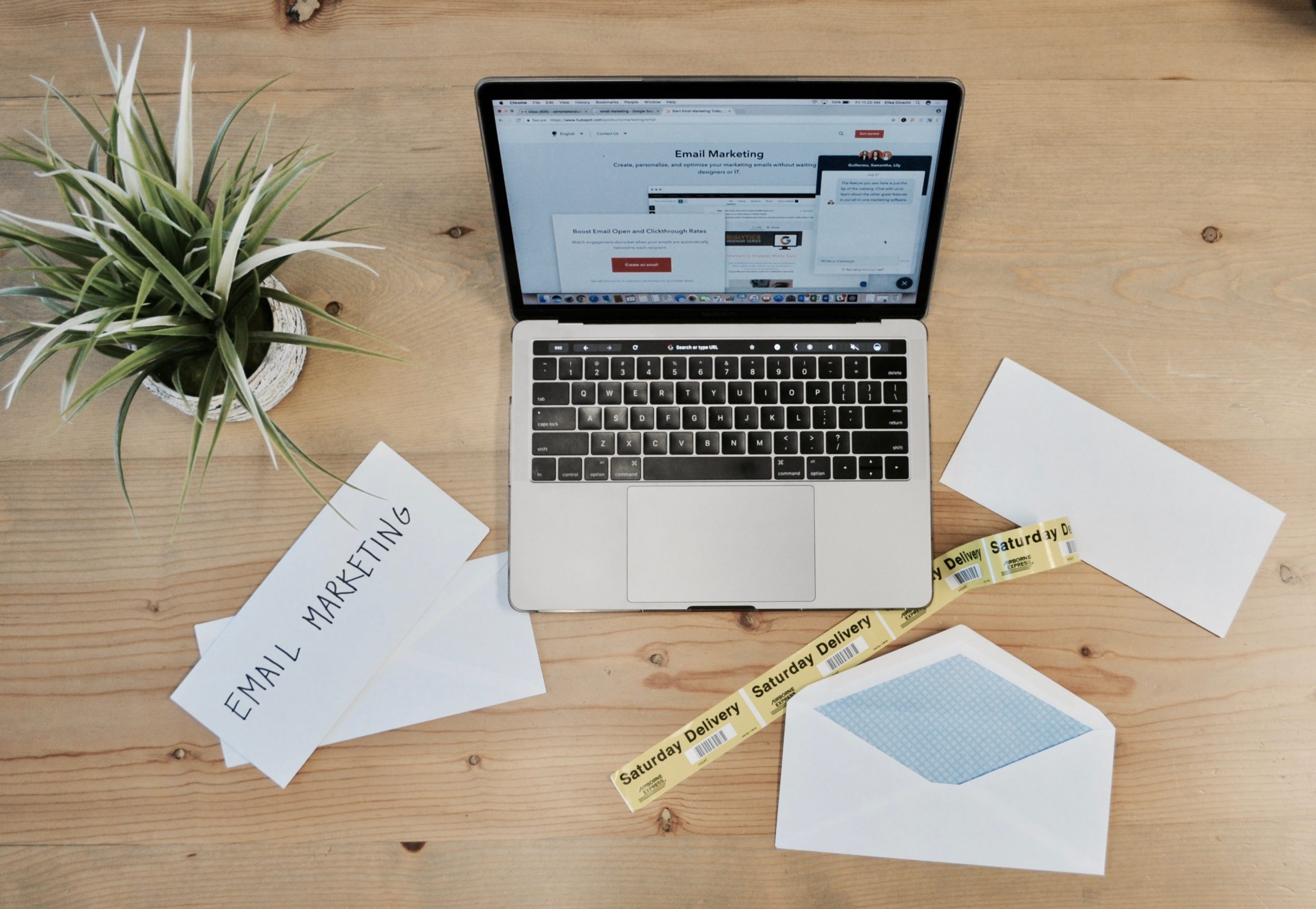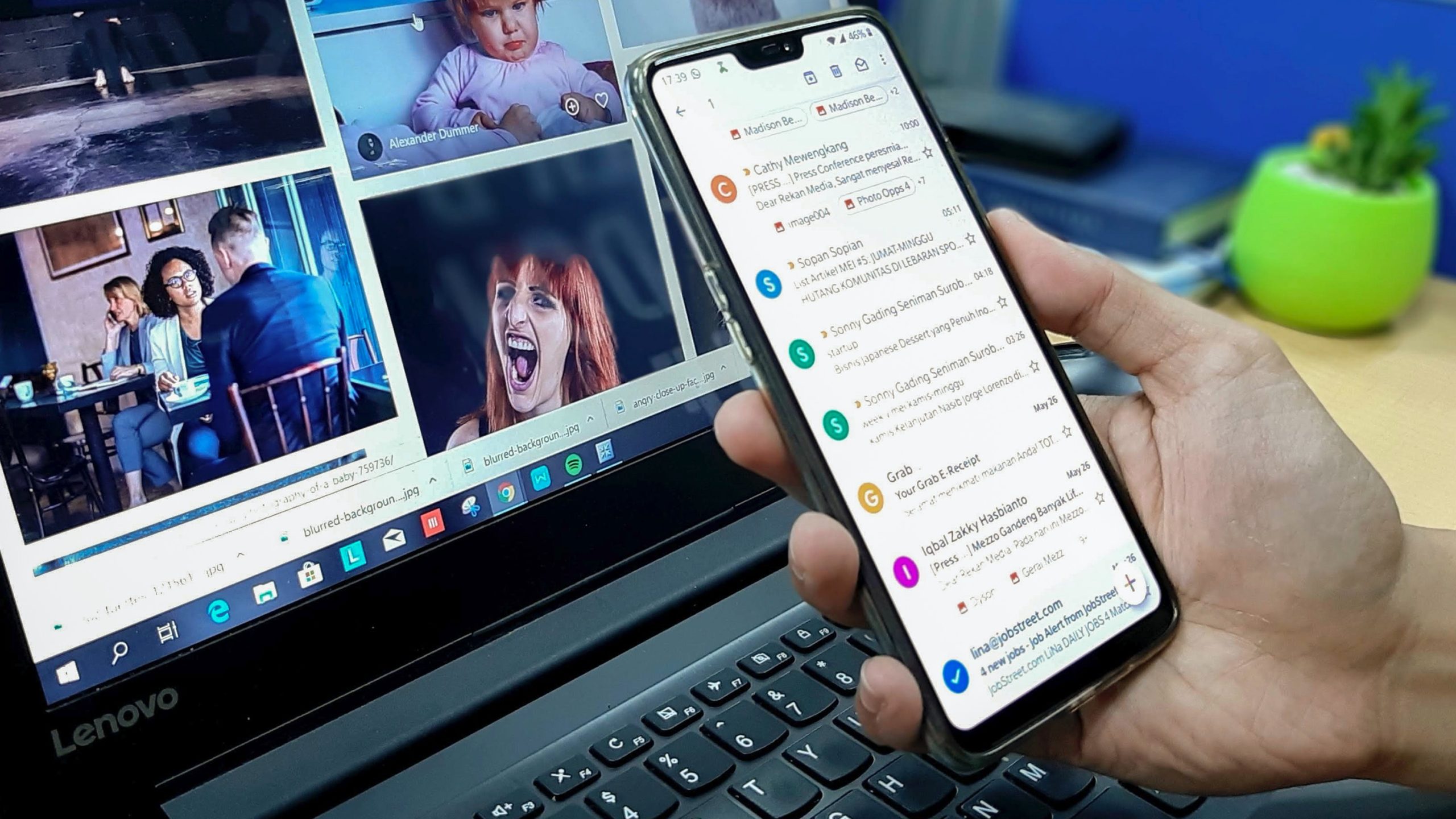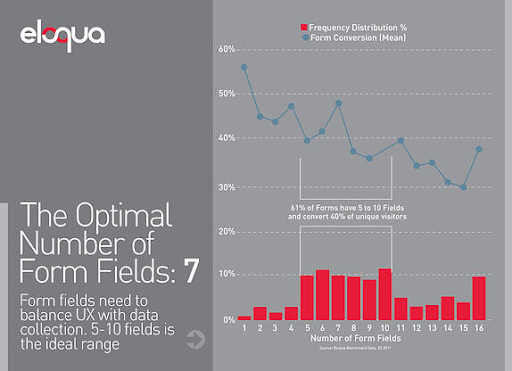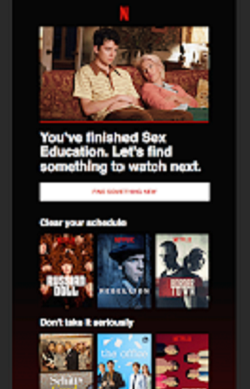

Quick Links
Quick Links
Long gone are the days when personalizing the emails with the subscriber’s first name was enough to convert. With the advancements in technology, marketers have access to a more extensive database, which can be hyper-segmented and hyper-personalized to generate better subscriber engagement.
Keep reading to learn how hyper-segmentation and hyper-personalization can help improve your email marketing strategy.

The Benefits of Personalized Emails
- 82% and 75% of marketers have reported an increase in open rates and click-through rates, respectively, through email personalization. (Source: Instapage)
- 760% increase in revenue was recorded by marketers who segmented their campaigns. (Source: Campaign Monitor)
- 50% of companies feel they can increase interaction within email by increasing personalization. (Source: Experian)
- The share of U.S. consumers who find marketing content personalization “very” or “somewhat” appealing is 90% (Source: Statista)
- 62.26% of consumers feel “happy” and “excited” to respond to a personalized message from a retailer (Source: Dynamic Yield Research)
In a nutshell, people expect emails that ‘converses’ with them and considers them as an individual instead of just a name on a mailing list. Even though email personalization has been suggested by many industry stalwarts and top email marketers over many years, ironically, only 39% of online retailers send personalized product recommendations via email (Certona). This creates a massive gap between what is expected and what is delivered when considering email personalization. One of the reasons would be not being able to figure out where to start with.

How To Implement Hyper-Personalization and Hyper-Segmentation In Your Email Marketing Strategy
Before we begin taking steps to implement hyper-personalization as a part of your email marketing strategy, we need to define hyper-personalization.
Hyper-personalization is a step up from the basic personalization. You use demographic data such as name, gender, age group, location, and industry here as well. Going a step forward, this demographic data is used along with real-time data from a subscriber’s action or online interactions such as browsing history, past purchases, videos watched, survey filled, people referred to, and social media posts to create a custom personalization opportunities.
Hyper-segmentation is using this mixture of data to develop niche segmentation conditions for your next email marketing campaign.
This additional influx of information will take some more time being processed to be included in your email than compared to adding merge tags to display text in a cookie-cutter email copy dynamically. Eventually, your fruits of labor will be seen in terms of better engagement levels, improved metrics, and faster conversions. Let us now understand how to begin implementing hyper-personalization in your emails.
Collect Data for Hyper-Personalization
Data is at the heart of email marketing and is crucial for hyper-personalization, as we stated earlier. Not only do you require specialized tools for monitoring and collecting requirement information, but you also need to process the collected data into manageable chunks.
So, the first step would be to identify your data touchpoints that will feed you real-time data. Your option or signup form is one of the obvious choices, but you have a restriction on the number of form fields you can include before you begin to observe a decline in the engagement rate.
As per an observation by Eloqua, the ideal number of form fields you should have at a time is between 3-7 fields.

(Image Source: Eloqua)
A workaround would be to break your form fields into separate forms that will be progressively displayed to your prospects on every subsequent website visit. Another option would be to send a welcome email series where each email will collect new information. Other sources to collect data would be unique for every industry. Some of the industry-specific ways are as below:
Hospitality Industry
- Past travel history
- Feedback for hotel stay
- Future reservations
Retail
- Cart or browser abandonment
- Product categories browsed
- Past purchases
- Order frequency
- Time spent on website or store
- Product recommendations considered
Event Management
- Past or on-going inquiries
- Visitor traffic
Healthcare
- Patient’s admit form
- Medical history
- Ongoing treatments
- Insurance provider
Education
- Courses enrolled for
- Academic performance
- Scholarship provision
- Campus Location
Listing out data touchpoints for all different industries would be a herculean task, and we leave it on you to identify those related to your industry.

Create Dynamic Content
Now that you have identified data touchpoints and begun collecting the data, it is time to put it into use. The trick is in creating an email template with dynamic content blocks that will be replaced with a custom copy at the time of sending. This way, you only need to create separate copy blocks instead of manually creating individual email templates. Since the content is dynamically fetched at the time of opening, you can make any corrections even after the email is sent.
Implement Automation
The advantage of email marketing is the ability to send highly personalized emails without human intervention. This is also applicable when you implement hyper-personalization in your emails. Depending on the different email automation workflows, you can send separate emails depending on the action taken. In the example below by Netflix, the subscriber received the email as soon as they completed watching a web-series. Depending on which series they select, the workflow will be modified to run the correct automation branch.

Personalize the Entire Customer Journey
For your email marketing strategy (and your email campaign, in turn) to be considered a success, it is vital to ensure that the user experience is consistent at every stage of the customer journey. This means hyper-personalization needs to be present in every email that you send to your customers. As your subscribers progress through every email stage (i.e., Awareness → Consideration → Conversion → Loyalty → Advocacy), additional information gets added. So the amount of hyper-personalization will ramp up with the progression.
Key Considerations While Sending Personalized Emails During COVID-19 Or Any Global Crisis
Marketers state (and they do so very confidently), “Emails are here to stay.” Yet, the rules for sending emails change when a global crisis strikes. Words change, emotions are differently perceived, and expectations change. At such dire times, you need to take some precautions to avoid facing customers’ ire.
DOs
Be Informative
Explain the impact on your product or services. Use personalization to identify customers with expiring subscriptions and remind them. Guide your subscribers on what they can expect from your brand in such a situation.

Be Caring
People avoid brands with faceless individuals running the show. Show empathy and care in your email copy. Avoid any kind of humor as it might be conveyed as insensitive. Show the steps you are taking to ensure the safety of the people you hired as well as your customers. Post details about any charity work, your brand does at such times.
Be Helpful
As people would be cooped up in their homes and feeling trapped, this is a great time to use personalization to provide helpful content based on their collated information. For the fitness industry, it could be an explainer video on “Tips to stay fit while inside”. Fashion and beauty product retailers can suggest DIY projects based on purchased products.
Spread Positivity
Panic spreads faster in such times. Be the ray of sunshine that can help them be distracted and entertained. Use cheerful subject lines and avoid terms that remind people of the current state unless you need it for relevance or reference.

Don’ts
Send Emails for the Sake of It
The overall engagement rate of emails will be comparatively low in times of distress. Be sure to send an email only if it has useful, meaningful information to share. Put yourself in the place of your customers while considering creating an email. Would you open it yourself?
Send Sales Promotion Emails
When people are in the search for getting essentials, they may not care about your Spring fashion line. This means pausing any automation you may have set up and re-evaluating the trigger conditions.
Be Inappropriate
Be aware of the current situations and avoid faux pas. Many brands are removing images involving physical contact, hugs, handshakes, finger-licking, etc in light of the importance of social distancing.
Final Thoughts
In order to make emails eternal, you need to keep innovating and adopting new practices that highlight the benefits of being an email subscriber to your customers. While the concept of hyper-personalization may seem intimidating at first, gradually integrating it into your email marketing strategy can help you create better marketing and sales opportunities.
Have a hyper-personalized email in your inbox that made it stand out? Please share it with us in the comments below.
